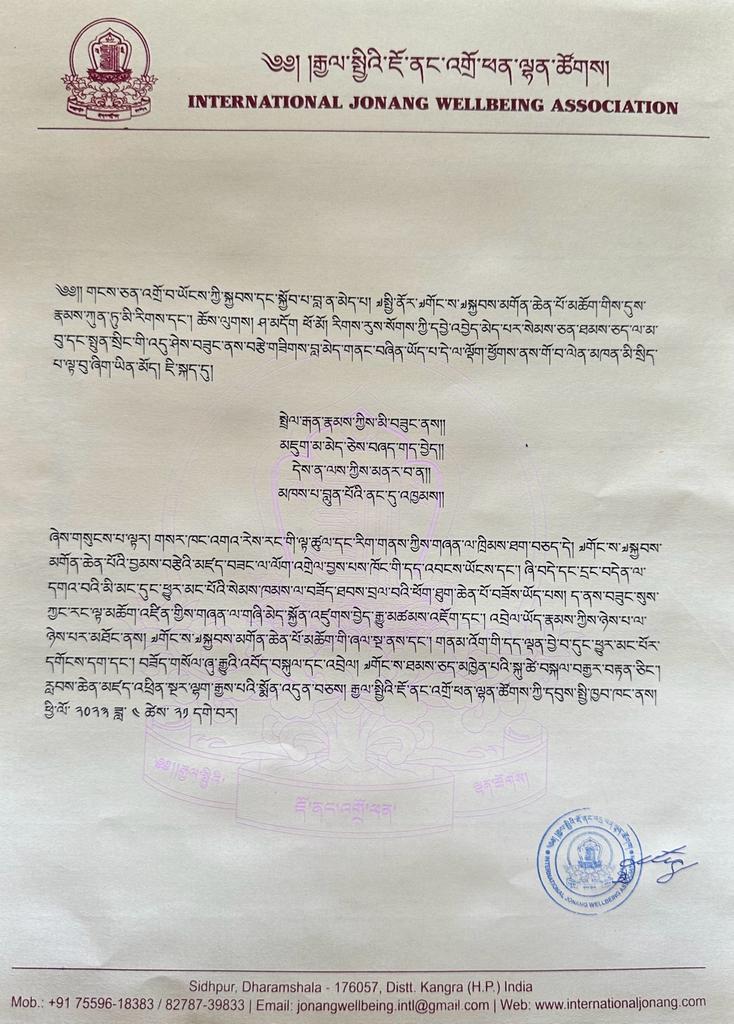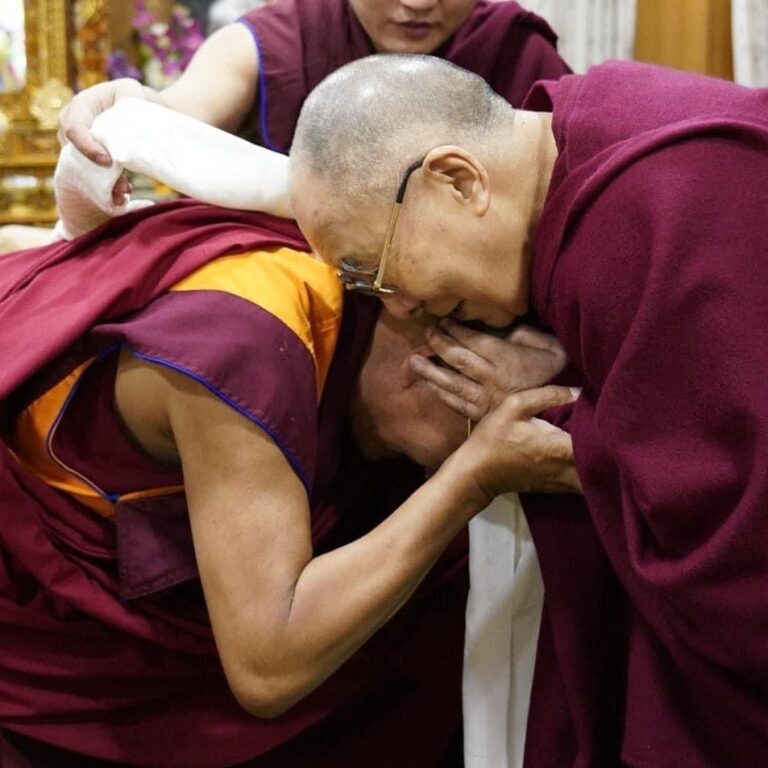Mountain Doctrine
Part Six Thus he was bucking two popular trends-separation of the classical texts of the great vehicle into isolated systems and separate Tibetan scholars from sütra and tantra into isolated camps and (2) reduction of the inal path to self-recognition of basic mind. Breaking boundaries between set system: his grand, over-arching, iconoclastic perspective shocked Tibetan scholars his own day to the present. The Sa-gya scholar Ren-da-wa Shön-nu lodrö over three readings-first found it unappealing, then appealing, and then unappealing. Ren-da-wa’s student, Dzong-ka-bab found it so provocative that he took Döl-bo-ba’s views as his chief opponent in his works on the view of emptiness. Dil-bo-ba’s View of Reality Basis and Fruit Un-differentiable The Ocean of Definitive Meaning is divided into three sections of roughly equal length basis, path, and fruit–preceded by a brief overview and to lowed by a short summary. The basis is the ground on which the spiritual path acts to rid it of peripheral obstructions, thereby yielding the fruit of practice. The basis is the matrix-of-one-gone-thus. which itself is the thoroughly established nature, the uncontaminated primordial wisdom empty of all compounded phenomena-permanent, stable, eternal, everlasting. Not compounded by causes and conditions, the matrix-of-one-gone-thus is intrinsically endowed with ultimate buddha qualities of body, speech mind such as the ten powers, it is not something that did not exist D and is newly produced; it is self-arisen. From this point of view, Do1-bo-ba emphasise that the basis ( the actual way things are even in an ordinary state) and the fruit (as manıfest Buddhahood) are un-differentiable. At the beginning of the Mountain Doctrine he inspiringly speaks of the matrix-of-one-gone-thus as the basic reality and pristine wisdom, and although ultimate Buddha qualities of body, speech, and mind pre-exist in the matrix one-gone-thus, effort at the spiritual path is nevertheless required cause there are two types of effects, separative and produced separative effects being already existent factors that need only to be separated from defilement and do not require production, whereas produced effects have to be generatedthrough practice.

